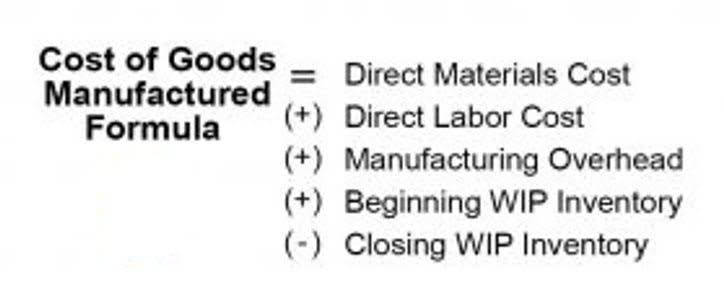What taxpayers need to know about making 2021 estimated tax payments Internal Revenue Service

Failure to pay these taxes can hit you with a hefty penalty, so read on to understand who makes these payments and how they work. FlyFin is a more affordable alternative than traditional tax services like TurboTax and H&R Block. FlyFin powers its bank-level security using Mastercard and Plaid, making FlyFin trusted by over 25,000 financial institutions. We protect your name, email address, phone number and more through compliance with the California Consumer Privacy Act, the highest data privacy standard in the US. With such an odd filing schedule, it’s understandable that you might mistakenly miss a payment every now and then. Or perhaps it’s not that you forgot the due date, but that you simply don’t have the cash to pay the IRS at the time the payment is due (which is also understandable).
However, if your income is received unevenly during the year, you may be able to avoid or lower the penalty by annualizing your income and making unequal payments. Use Form 2210, Underpayment of Estimated Tax by Individuals, Estates, and Trusts (or Form 2220, Underpayment of Estimated Tax by Corporations), to see if you owe a penalty for underpaying your estimated tax. Please refer to the Form 1040 and 1040-SR Instructions or Form 1120 InstructionsPDF, for where to report the estimated tax penalty on your return. If a payment is mailed, the date of the U.S. postmark is the date of payment. If the due date for an estimated tax payment falls on a Saturday, Sunday, or legal holiday, the payment will be on time if you make it on the next day that isn’t a Saturday, Sunday or holiday.
When are quarterly payments due?
Make ALL of your federal tax payments including federal tax deposits (FTDs), installment agreement and estimated tax payments using EFTPS. If it’s easier to pay your estimated taxes weekly, bi-weekly, monthly, etc. you can, as long as you’ve paid enough in by the end of the quarter. Using EFTPS, you can access a history of your payments, so you know how much and when you made your estimated tax payments. If you’re a freelancer, a small business owner, or anyone else who earns non-wage income, then tax time likely comes more than once a year. That’s because the IRS requires you to make estimated tax payments every three months on any qualifying income that wasn’t subject to federal withholding. Even if you earn all your taxable income through wages, you still might have to make quarterly payments under certain circumstances.
- Many people are surprised to learn this, but the IRS is actually fairly lenient with penalties, especially if you can demonstrate you’re on top of estimated payments in the current year.
- If your income increases and you estimate that your adjusted gross income will be $150,000 or more, you should calculate your estimated payments for that year based on 110% of the previous year’s tax bill.
- Sign up for our premium plan, and we’ll even take care of your quarterly taxes for you.
- It’s frustrating to forget or to be unable to pay taxes when they’re due, especially at times when business is slow.
- If you owe taxes and do not pay your estimated quarterly taxes on time, you may be charged a penalty and interest even if overall you end up with a refund.
Even if none of the above applies to you, you can still be subject to estimated taxes. For example, if you owe $1,000 or more in federal income taxes (after accounting for withholding and refundable credits) then you need to pay quarterly taxes. Estimated tax payments refer to taxes paid to the IRS on any income that isn’t subject to tax withholding from your pay or pension payments throughout the year. Several kinds of non-wage earnings are subject to estimated taxes, including freelancer income, self-employed earnings, prizes, dividends, and realized capital gains.
Having the IRS figure out your penalty
We calculate the amount of the Underpayment of Estimated Tax by Individuals Penalty based on the tax shown on your original return or on a more recent return that you filed on or before the due date. The tax shown on the return is your total tax minus your total refundable credits. This method could be best for people whose income fluctuates substantially from estimated tax year to year, as well as from quarter to quarter. It makes it possible to avoid underpayment and corresponding penalties—and a potentially high quarterly tax bill when you didn’t earn enough to pay it. You might also notice that there’s only a two-month gap between when the first quarterly tax payment is due this year and when the second needs to be submitted.

You can also avoid interest or a penalty for paying too little tax during the year. Ordinarily, you can avoid this penalty by paying at least 90 percent of your tax during the year. Revisit your partner’s Form W-4, which instructs employers how much tax to withhold from each paycheck. Individuals, including sole proprietors, partners, and S corporation shareholders, generally use Form 1040-ES, to figure estimated tax. Nonresident aliens use Form 1040-ES(NR) to figure estimated tax. At Keeper, we’re on a mission to help people overcome the complexity of taxes.